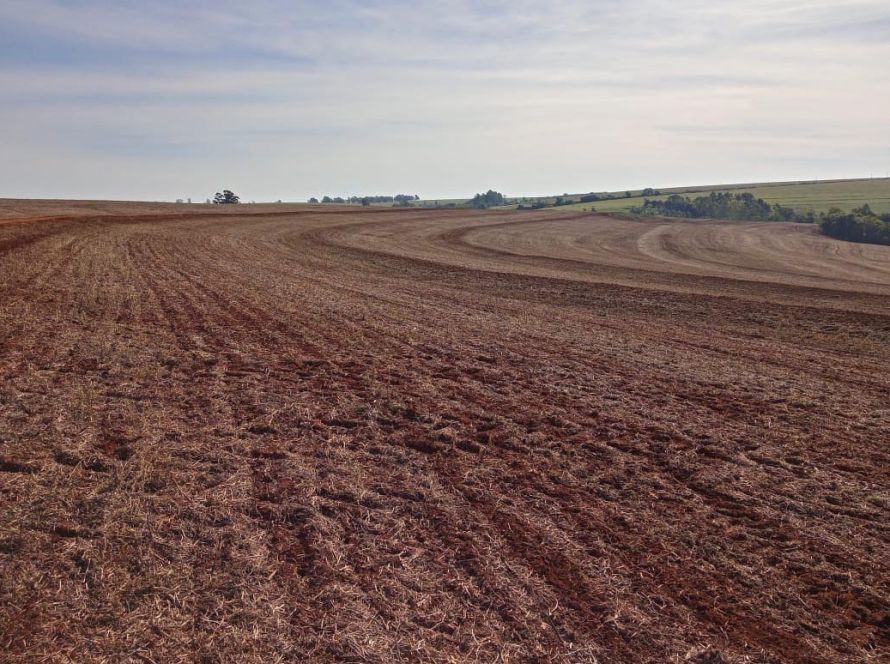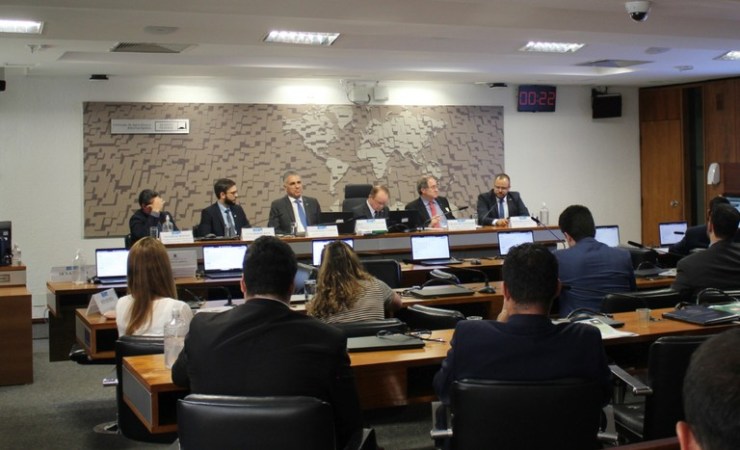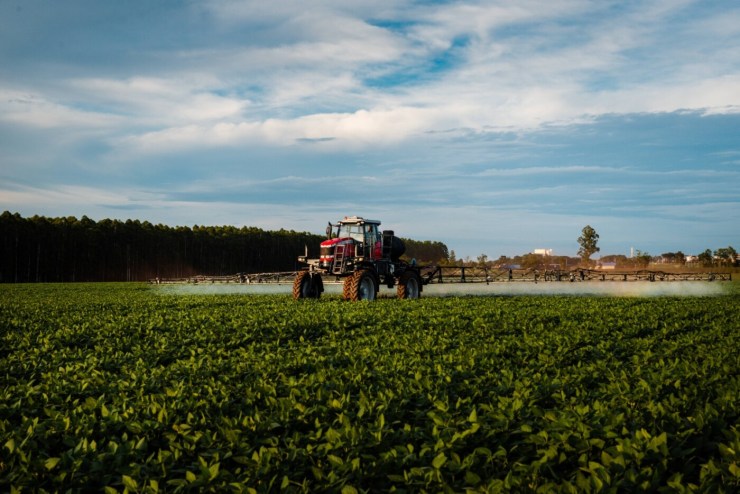The cold wave that swept across Paraná between June 23 and 25 raised the alarm about possible losses in corn, wheat, vegetable and pasture crops. Low temperatures affected crops in different stages of development. Given this scenario, the Faep System advises the affected municipalities to report the incidents in order to access resources. Rural unions can assist in this process.
The cold front was concentrated especially in the eastern half of the state, with a strong incidence in the Central-South, Southeast, Campos Gerais, Metropolitan Region of Curitiba (RMC) and coastal regions. According to the Paraná Meteorological System (Simepar), in the early hours of the 25th, the lowest temperatures of the year were recorded in at least 29 municipalities. In 20 of them, the thermometers marked negative values. “Rural producers in Paraná have demonstrated countless times their ability to overcome adverse weather conditions. At this time, it is essential to monitor the impacts and seek measures to reduce losses in the field”, says Ágide Eduardo Meneguette, interim president of the Faep System.

Photo: Ana Tigrinho
According to Bruno Vizioli, from the entity's Technical and Economic Department (DTE), work is already underway to estimate the extent of the damage. “The estimated losses are 30% for corn and 20% to 25% for wheat. Vegetables and coffee, being more sensitive, may suffer losses of over 90% when hit by intense frosts,” says the technician, highlighting that the impact varies according to the development stage of the crops and the intensity of the cold.
In the North and Northwest, the Cocamar Agroindustrial Cooperative's weather stations recorded temperatures of zero degrees in municipalities such as Sertanópolis, Tamarana, Doutor Camargo, Apucarana, Sabáudia, Iporã and Primeiro de Maio. In Maringá, the minimum was -1.4°C; in Ivatuba, -1.9°C; in Cambé, -1.8°C; and in Floresta and the district of Serrinha, in Londrina, -1°C.
In the Ivaí Valley, the president of the Ivaiporã Rural Union, Marco Antonio Esquiçato, reports that the frost hit the region twice. “On the 23rd we had a light frost, but on the 24th it was much stronger,” he says. Wheat, grown on around 25 thousand hectares in the region of the municipalities served by the union, has 25% of the area in susceptible phases, such as booting and flowering. Corn, grown on 30 to 35 thousand hectares, may also record losses of up to 25% of the area, according to data from Coamo Agroindustrial Cooperativa. “The losses are still being assessed. We will only know more precisely whether there was stem abortion in the coming days,” he adds.
According to Cocamar, the cold also affected pastures in practically the entire state, especially among livestock farmers who still depend on native pasture. Horticulture also suffered, with more severe losses for producers of leafy vegetables and fruits that are sensitive to cold.
Guidelines

Photo: Valdelino Pontes
Given the scenario, the Faep System guides municipalities that have recorded damage or losses caused by frost regarding the procedures for recording occurrences: without declaring or continuing the process with a declaration of a state of emergency.
Check the specific guidelines for each case:
Occurrence report (without declaring a state of emergency)
- The municipality may choose to only document the occurrence, filling out the Disaster Information Form (Fide), without the need to declare a state of emergency and without the obligation to present technical reports.
- The State Civil Defense analyst responsible for the analysis will establish an appropriate deadline for completing the FIDE.
Consequences and uses of registration
- There is no release of state or federal resources.
- The Fide can be used as a supporting document with insurance companies, which normally accept this registration from the Municipal Civil Defense.
- The document can assist in requesting an extension or refinancing of debts with financial institutions.
- Each institution has its own policy. Some accept only the FIDE as proof; others require the declaration and federal recognition of the emergency situation.
Continuation of the process with declaration of a state of emergency
- If the municipality wishes to continue with the complete process, including declaring a state of emergency, it will be necessary to meet the legal requirements established by the National Civil Defense and Protection System (Sinpdec).
- The municipality will have a maximum period of 10 calendar days from the date of the disaster to complete all stages of the process at the state and federal levels.
Consequences and benefits of the decree
- It allows the municipality to request state or federal support, according to legal criteria and budgetary availability.
- It creates conditions for federal public banks (such as Banco do Brasil and Caixa Econômica Federal) to grant extensions or renegotiations of rural debts, in accordance with their own regulations.
- It may be required by some financial institutions or federal programs as a requirement for the release of specific benefits.





